A stunning new book on fairground art celebrates the exuberant designs of one of the fair's most enduring rides. We spoke to author and waltzer fanatic Nigel Edginton-Vigus about his lifetime obsession.
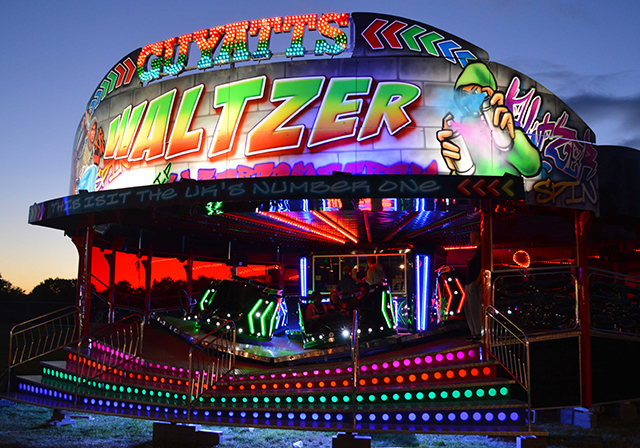
What it is about fairground art that excites you so much, and when did your obsession with it begin?
Where to start? I just love the colour, scale and sheer flamboyance of it all. Every piece of work is unique, hand made and beautifully crafted, but it’s so ephemeral. Real 'here today, gone tomorrow’ art. A metaphor for the travelling funfair itself, really. You get these absolute masterpieces that, as soon as they’ve outlived their usefulness, are just trashed: sanded down and painted over, chucked into a corner of a showman’s yard, or stuck on a bonfire. It’s tragic, but it’s the nature of the beast. And that’s another reason I’ve spent over twenty years shooting this amazing work – recording it for the future.
When did my obsession begin? It all goes back to my childhood. I must have been five or six years old and my folks took me to a fair in Epsom, in Surrey. Even now I can remember the sound of the music and generators, and the screams of the punters. I can remember the smell of red diesel, candy floss and fried onions, too. It’s still some sort of magical, intoxicating perfume to me to this day. When I turned the corner onto the fair green, and my little eyes saw this riot or colour, light and movement. I think the image was burned onto my subconscious on the spot. And forever.
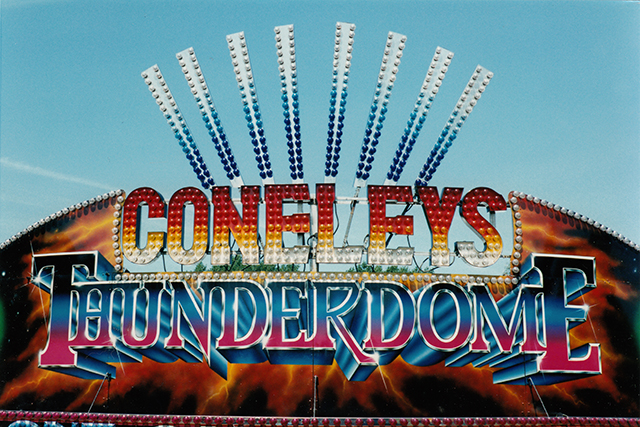
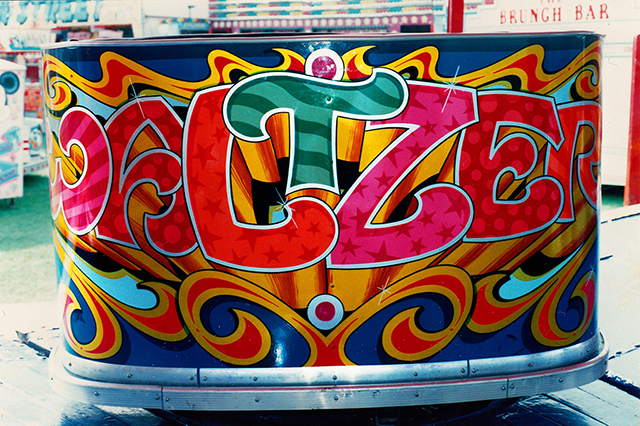
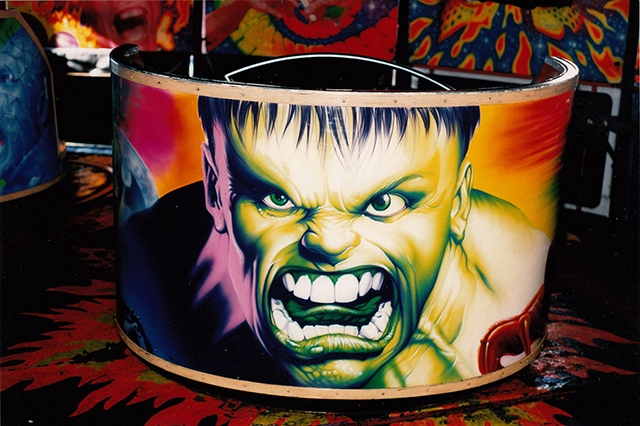
Why the waltzer in particular?
The waltzer’s a real icon. It’s still incredibly popular after almost 80 years. And I think that’s because it creates distinct memories for people. You know, like having a particularly scary ride, a first snog or a bit of a grope, fancying the tattooed bloke spinning the cars… or chucking up on your mate or girlfriend.
For those who are unfamiliar with the genre, what are the three movements of fairground art covered in the book?
There’s no formal description because the art’s not properly classified. But I see and categorise it under three titles. Classic is the traditional look that many people continue to associate with the fair. Contemporary Classic is a style that borrows elements from the ‘Classic’ look, but incorporates more modern shapes, colours and devices. You’ll recognise images and references from films, comics, music, advertising and even packaging. Contemporary work is completely different to all the earlier styles and painting techniques. And the artists work purely in airbrush, or even digitally now.
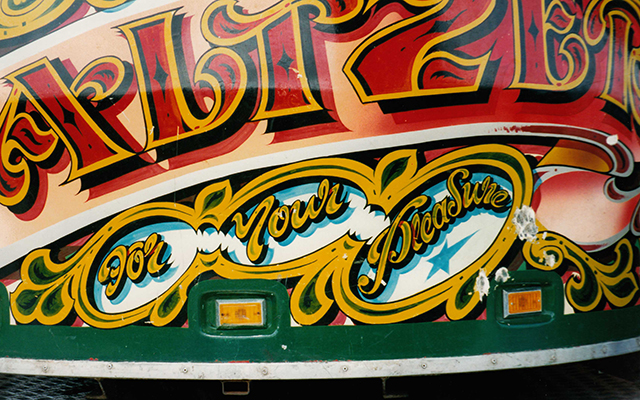
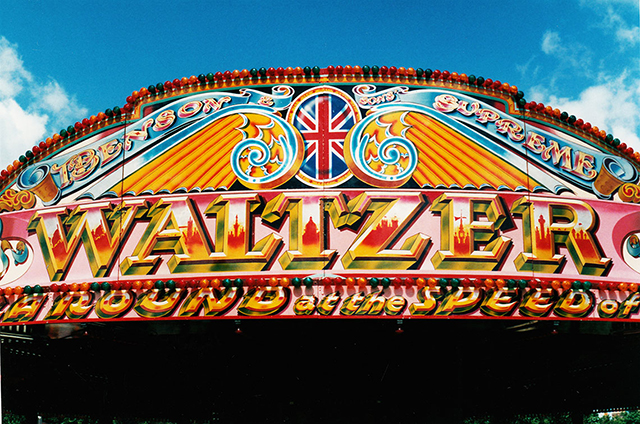
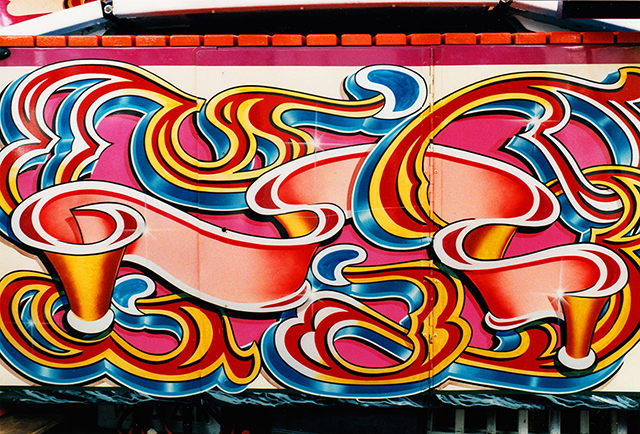
Who are the key artists? Are many anonymous?
There are so many. Guys who’ve dabbled and disappeared off the scene. Showmen who also paint brilliantly, but pretty much work within their own small circle of friends and family. Other artists went off to do other things like Marianne Shillingford, who used to work with the great Pete Tei. She’s now creative director at Dulux. Everyone’s made their mark in some way, but for me the legends include the late great Sid Farmer, Albert and Sid Howell, Edwin Hall and the ‘The Master’, Fred Fowle. Pete Tei and Mark Gill are just outstanding and they’re still working.
I love Paul Wright, DC Slater, Chris Gadd, Joby Carter, Chris Thomas… The list goes on.
What can people expect from the book?
People have this art pointed out to them and there’s this eureka moment. It’s like they’ve suddenly seen the dolphin in one of those Magic Eye books. Only better. There are loads of stunning images, a pretty informative written history of the art, and its movements, and an intro to the whole thing from me. I’m very proud of this and I know people will love it. I just hope I can raise the cash to make it happen.
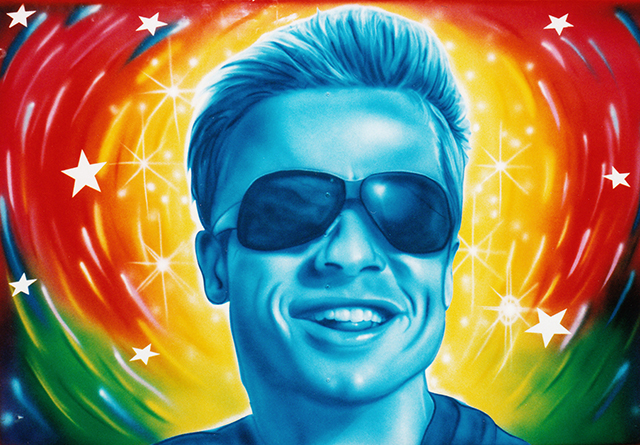
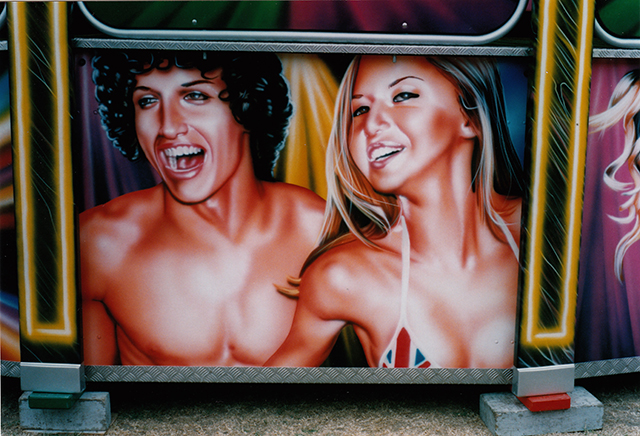
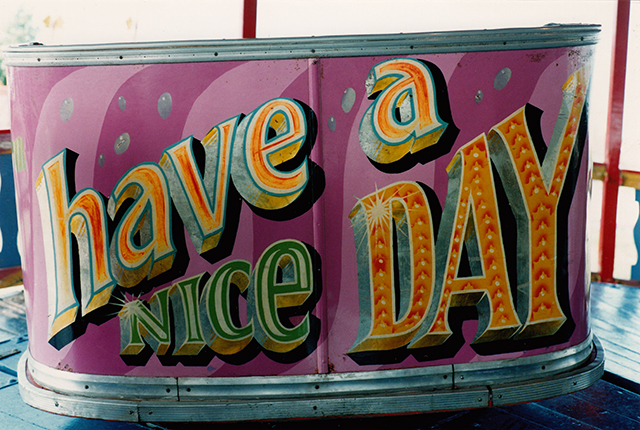
What have been the biggest challenges you’ve faced with this project so far?
Shooting the work’s been the easy bit. Yes, I’ve come face to face with some pretty intimidating looking ride owners and gaff lads over the years. But they’ve all been good as gold once we’ve got chatting…very helpful and enthusiastic. Driving 200 miles to a fair for it to start pissing down, that’s been an occupational hazard for sure. And I think doing the research and writing the copy was quite hard. I really wanted to make sure I’d got my facts straight. Oh, and all my early work was shot on film. So I spent a week in front of a desktop scanner digitising and cataloguing almost 2000, 6x4 colour prints. I wouldn’t want to do that again in a hurry. But it’s all been worth it.
What was the most surprising thing you found while researching the book?
That a fairground artist called Joe Ephgrave painted the drum head design on the Beatles’ Sgt. Pepper album cover.
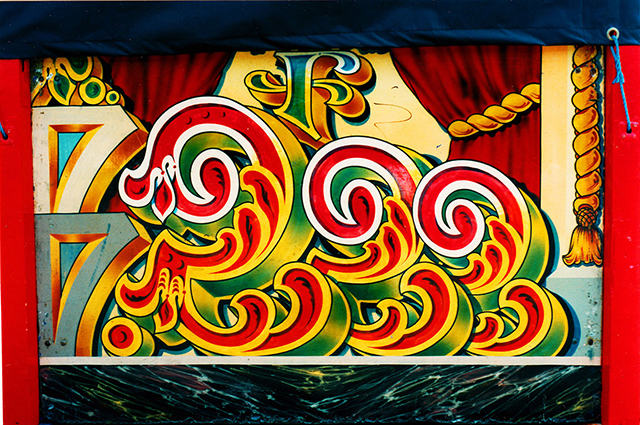
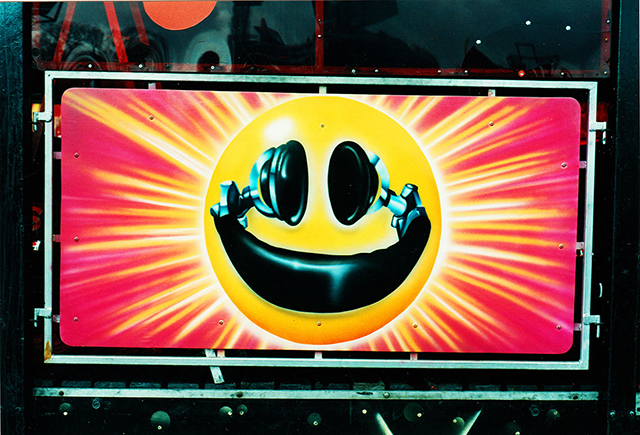
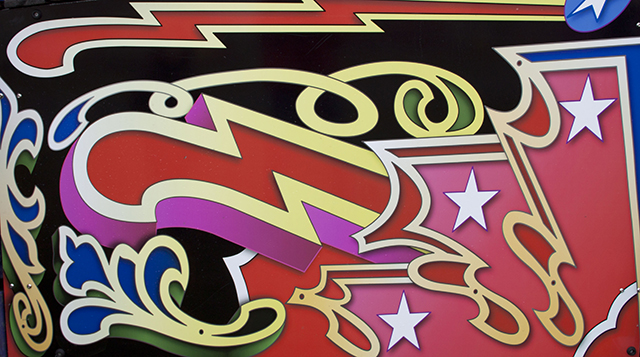
Do you own any pieces of fairground art?
I wish. Most of it’s beyond repair at the end of its useful life really, so it doesn’t look great on a wall. Most of it’s sounded down and painted over anyway…and it’s gone forever. I have got a huge Fred Fowle painted rounding board in my flat at the moment. But I picked that up as an ‘in-kind’ payment to the guy who designed the book’s logo and other stuff. I’ve just got to get it to him now. I’m in Surrey, he’s on the Isle of Wight. That’ll be fun.
How can people get involved?
Simple. click here. There are some great rewards, so please make a pledge and help make this happen.

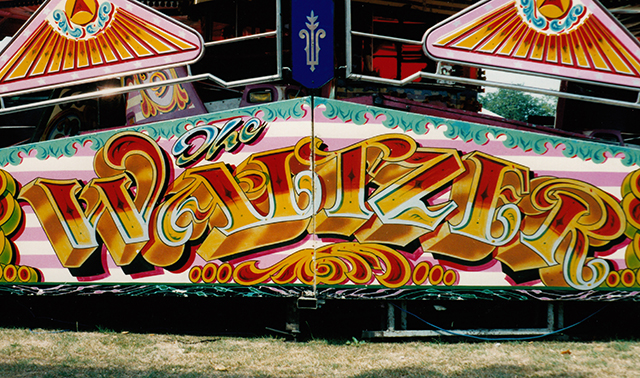
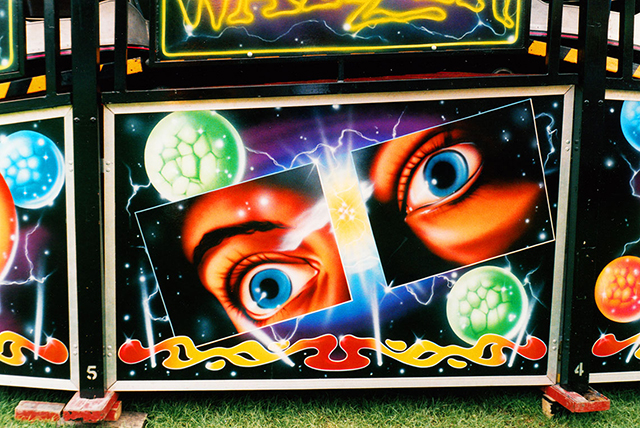
You can find Nigel's Kickstarter campaign here and follow his progress on Facebook here.

